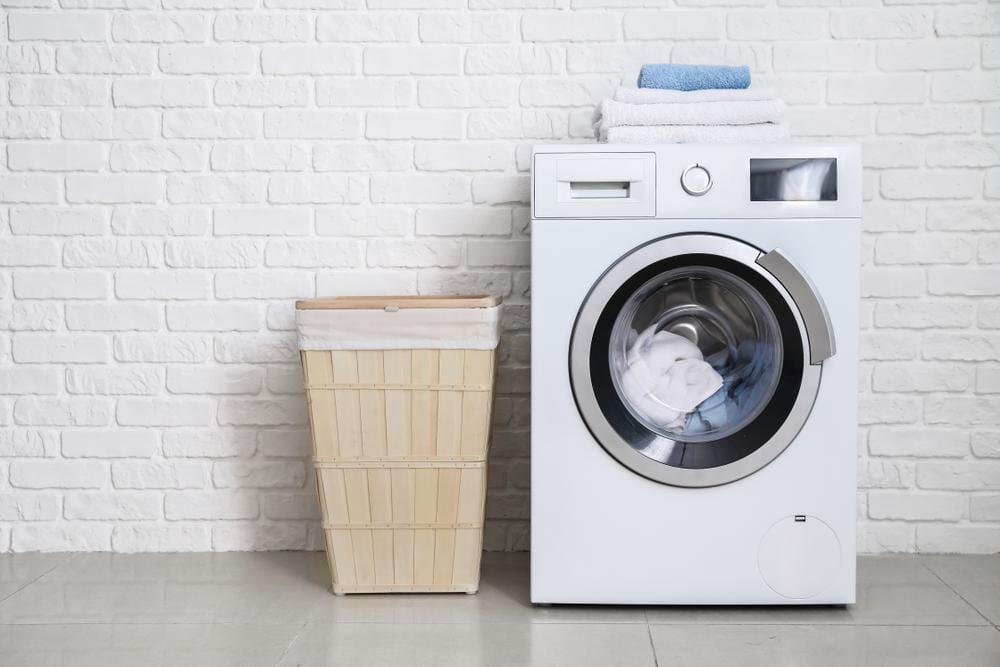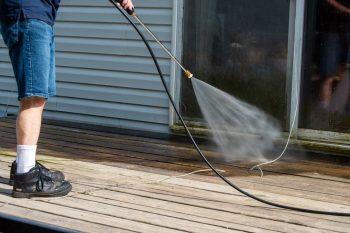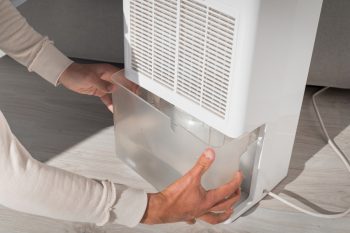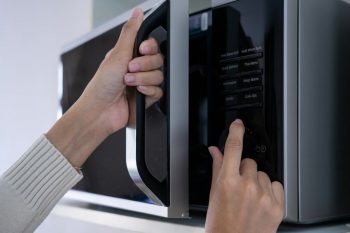
Whether you’re a first-time homeowner or a seasoned laundry pro, understanding how to properly fill a top-loading washing machine with water is crucial to maintaining the machine’s efficiency and ensuring your clothes are cleaned thoroughly. This comprehensive guide will walk you through every step of the process.
To fill a top-loading washing machine with water, first ensure the machine is properly installed and connected to a water source. Load your sorted laundry without overfilling, and select the correct water level and temperature based on your load size and fabric type. Add detergent and, if you wish, fabric softener. Start the washer, and it will automatically begin to fill with water. If necessary, you can adjust the water level using the Deep Fill option, if your machine has one.
Preparing the Washing Machine
Before you even start a wash cycle, you need to make sure your washing machine is prepared for use. Here are the initial steps you should follow:
- Unpack and position the washing machine. Make sure it’s near a water source and a drain.
- Connect the water supply hoses. Attach the hot and cold water inlet hoses to the washing machine and the wall, using flat washers to prevent leaks.
- Install the drain hose. Attach one end to the washing machine and place the other end in a standpipe or sink.
- Level the washing machine. Use a level to ensure the machine won’t walk or bang during operation.
Loading Your Laundry
Once your machine is ready for use, you can start loading your laundry. Here’s how:
- Sort your laundry. Separate your clothes by color, fabric type, and dirtiness level.
- Check all pockets. Remove any items that could damage your clothes or the machine.
- Load your clothes. For machines with a center agitator, place clothes evenly around the agitator. If there’s no agitator, place clothes around the sides of the agitator plate.
- Avoid overloading. Even a large load should not fill the washer tub more than three-quarters full.
Selecting the Correct Water Level
The next step is to select the correct water level for your load size. Most top-loading washing machines have at least three load size settings. Here’s a general guideline:
- Small load: Less than 1/3 full of clothes.
- Medium load: Between 1/3 and 1/2 full of clothes.
- Large load: Between 1/2 and 2/3 full of clothes.
- Extra Large and Super load: Over 2/3 full of clothes.
Selecting the Correct Water Temperature
Choosing the right water temperature is just as important as the water level. Here’s a quick guide:
- Hot water (130°F or above): Suitable for linens, white clothing, and heavily soiled clothes.
- Warm water (90°F to 110°F): Ideal for most fabrics, jeans, and cotton.
- Cold water (60°F to 80°F): Best for dark or bright colors, delicate fabrics, and items with stains like blood and sweat.
Filling the Machine with Water
Now you’re ready to fill your washing machine with water. Here’s how:
- Add detergent. Place it either in a dispenser compartment or directly into the washer basket.
- Load the washer. Place hard-to-move bulky items first for better interaction with the agitator.
- Add fabric softener (optional). If your machine has a fabric softener dispenser, add the product and dilute it with warm water.
- Start the washer. Select your cycle options, close the lid, and press start. The washer will begin to add water, starting and stopping as needed.
- Adjust water level (if needed). If your washer has a Deep Fill option, you can press the Deep Fill button once to add 3 extra gallons of water.
Troubleshooting Common Issues
If your top-loading washing machine isn’t filling with water, here are some common issues and how to resolve them:
- Clogged filter screens: Clean or replace the filter screens in the water inlet hoses.
- Faulty water inlet valve: Test the water inlet valve with a multimeter. If it’s faulty, replace it.
- Kinked or damaged hoses: Check the hoses for kinks or damage. Replace them if necessary.
- Low water pressure: Ensure the water supply faucets are fully open and that there are no issues with the external water supply.
- Faulty lid switch or water level pressure switch: Inspect these switches for signs of wear or damage. Replace them if necessary.
- Malfunctioning electronic control board: Consult a professional appliance repair service.
By following these steps, you can ensure your top-loading washing machine is filled properly, and your clothes are cleaned effectively. Happy washing!
Frequently Asked Questions
What type of detergent should I use for my top-loading washing machine?
The type of detergent you should use depends on the specific model of your top-loading washing machine. However, most manufacturers recommend using a high-efficiency (HE) detergent, which is specially designed to provide optimal cleaning performance in machines that use less water.
Can I use bleach in my top-loading washing machine?
Yes, you can use bleach in your top-loading washing machine. If your machine has a bleach dispenser, use it to add bleach safely. If not, dilute the bleach with water before adding it to the machine. Be careful to only use bleach on colorfast and white items.
How often should I clean my top-loading washing machine?
It’s recommended to clean your top-loading washing machine once a month to keep it running efficiently. This involves running a cycle with a washing machine cleaner or a homemade solution of vinegar and baking soda.
What should I do if my top-loading washing machine is leaking?
If your top-loading washing machine is leaking, check the water supply hoses and the drain hose for leaks. Also, inspect the door seal for damage. If you can’t find the source of the leak, it’s best to call a professional appliance repair service.
What should I do if my clothes are not getting clean?
If your clothes are not getting clean, you may be overloading the machine, using the wrong water temperature, or using too much or too little detergent. Try adjusting these factors to improve cleaning performance.












